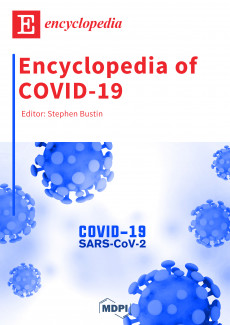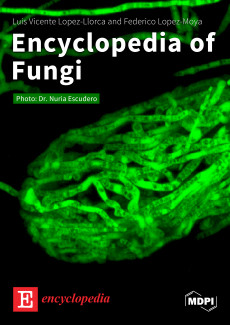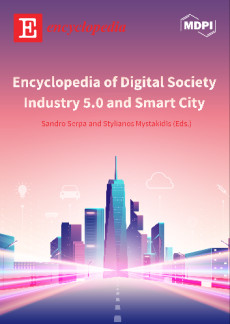Topic Review
- 3.7K
- 28 Sep 2021
Topic Review
- 572
- 03 Jun 2021
Topic Review
- 105
- 16 Jan 2024
Topic Review
- 331
- 02 Aug 2023
Topic Review
- 536
- 21 Jan 2022
Topic Review
- 122
- 03 Nov 2023
Topic Review
- 145
- 29 Dec 2023
Topic Review
- 197
- 23 Aug 2023
Topic Review
- 180
- 07 Jul 2023
Topic Review
- 450
- 28 Mar 2022
Featured Entry Collections
Featured Books
- Encyclopedia of Social Sciences
- Chief Editor:
- Encyclopedia of COVID-19
- Chief Editor:
Stephen Bustin
- Encyclopedia of Fungi
- Chief Editor:
Luis V. Lopez-Llorca
- Encyclopedia of Digital Society, Industry 5.0 and Smart City
- Chief Editor:
Sandro Serpa
 Encyclopedia
Encyclopedia




